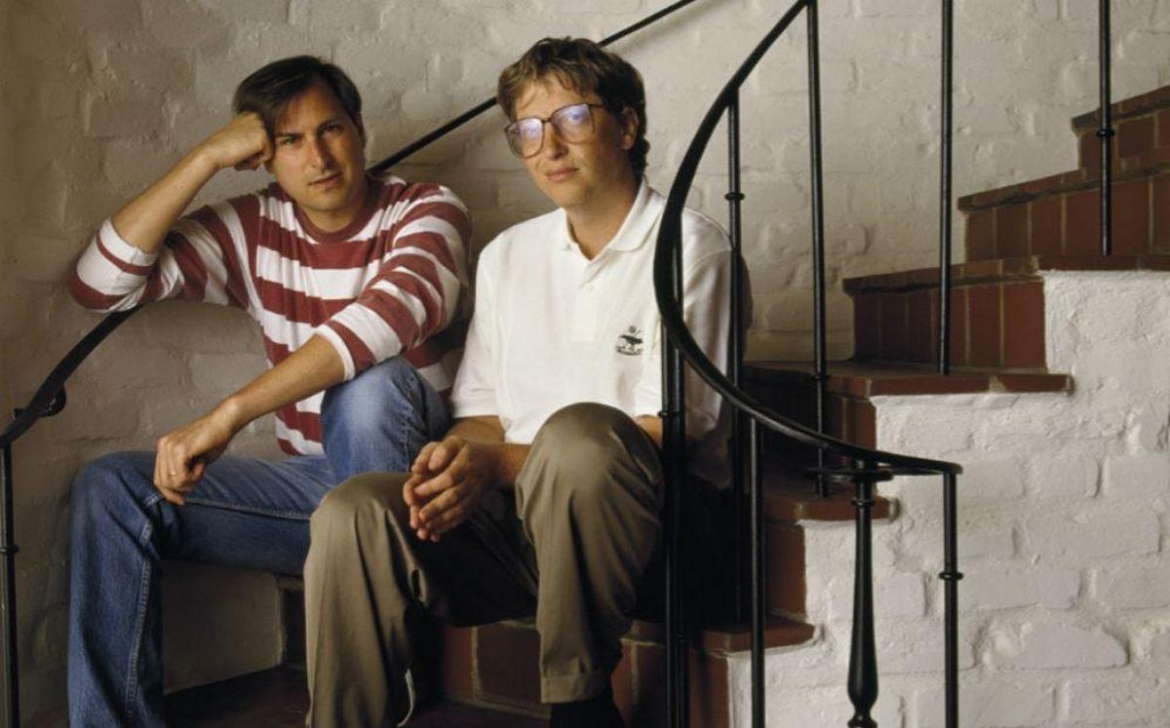In the fall of 1986, a scene unfolded at NeXT Computer’s offices that perfectly captured the rivalry between Steve Jobs and Bill Gates. Gates, already a rising star in the technology world following Microsoft’s successful IPO earlier that year, arrived for a scheduled meeting with Jobs. What happened next would become a telling example of Jobs’ notorious approach to status and control.
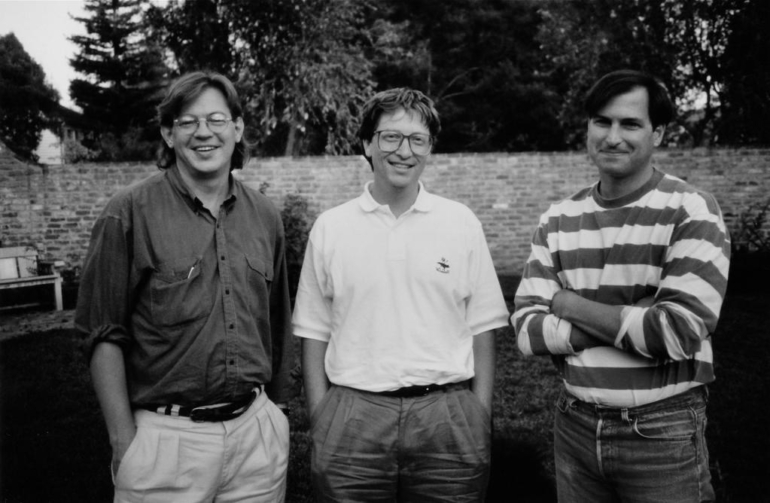
In a revealing 2012 Forbes article titled “Untold Stories About Steve Jobs by Friends and Colleagues,” this particularly telling anecdote emerged about the complex dynamics between two of the most influential tech titans. The story, shared after Jobs’ passing, offered a glimpse into the Apple co-founder’s calculated power plays during his NeXT years.
“I could see him sitting in his cube, not really busy,” recalled Randy Adams, a software engineer at NeXT at the time. “But he didn’t get up or call Gates up. In fact, he left him waiting in the lobby for an hour. That speaks to their rivalry.”

The incident, which might seem petty to outsiders, was characteristic of the complicated relationship between Jobs and Gates. Their rivalry had begun years earlier when Microsoft started developing software for the original Macintosh. Jobs had felt betrayed when Microsoft released Windows, viewing it as copying Apple’s graphical user interface.
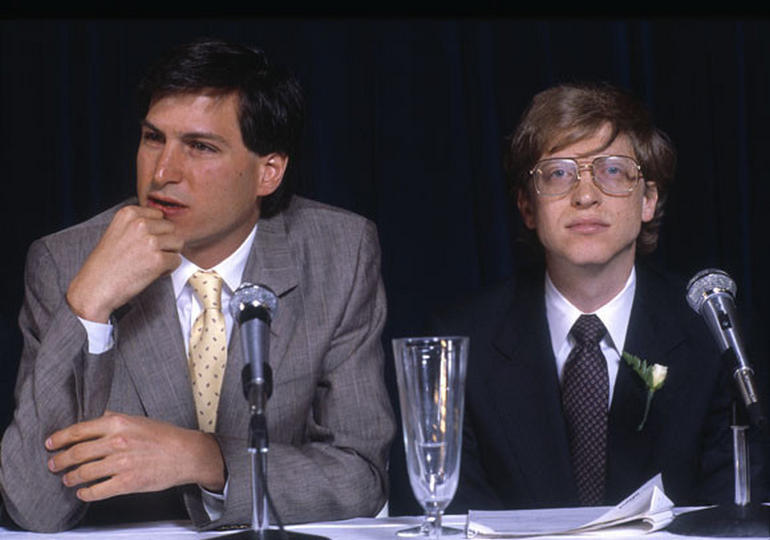
The tension between the two visionaries was legendary in Silicon Valley. Jobs often criticized Microsoft’s products as lacking creativity and style, famously stating that Microsoft had “no taste.” Gates, for his part, found Jobs difficult to work with, though he always acknowledged his rival’s exceptional talent for product design and marketing.
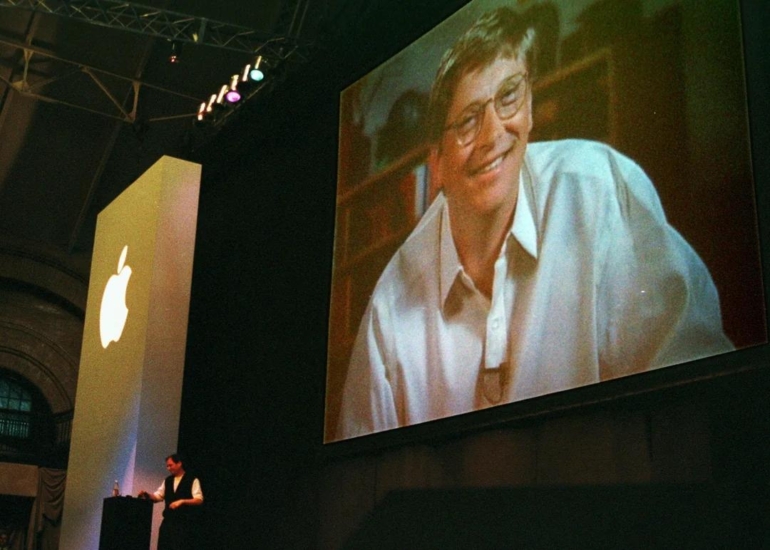
However, what makes this story particularly poignant is how dramatically their relationship would evolve over the following decades. The ultimate turning point came in 1997, when Apple was facing bankruptcy. In a stunning reversal of fortunes, Jobs had to reach out to Gates for help. Microsoft invested $150 million in Apple and committed to developing Office for Mac, helping save the company Jobs had co-founded.
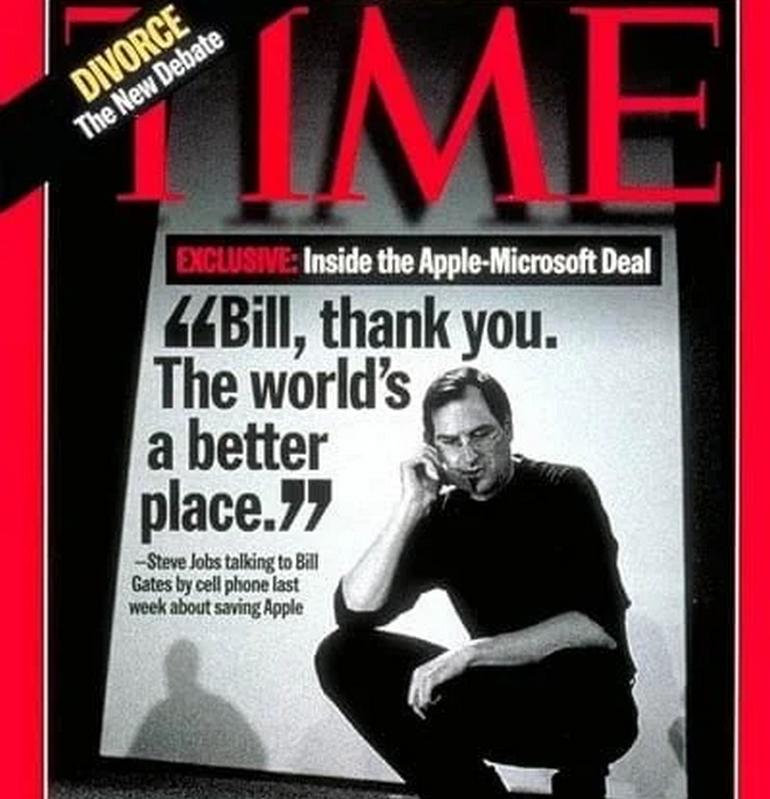
But at the 1997 Macworld conference, when Jobs made this announcement, Gates refused to attend in person and instead appeared via satellite. Steve Jobs then went on to publicly thank Bill Gates: “Bill, thank you. The world’s a better place.” This rare gesture was immortalized on the cover of Time magazine.
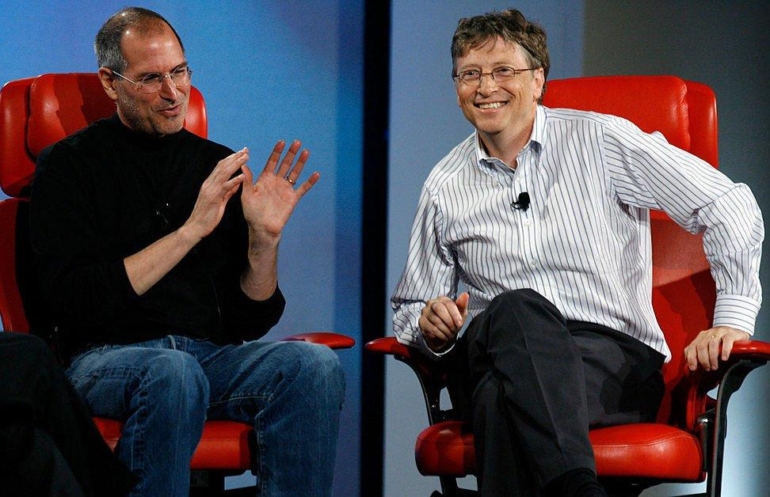
The relationship between the two tech pioneers continued to warm in their later years. During their joint appearance at the D5 conference in 2007, both men spoke with mutual respect about their decades-long relationship. Jobs acknowledged that Apple didn’t need to beat Microsoft to succeed, showing how far he’d come from the days of making Gates wait in lobbies.
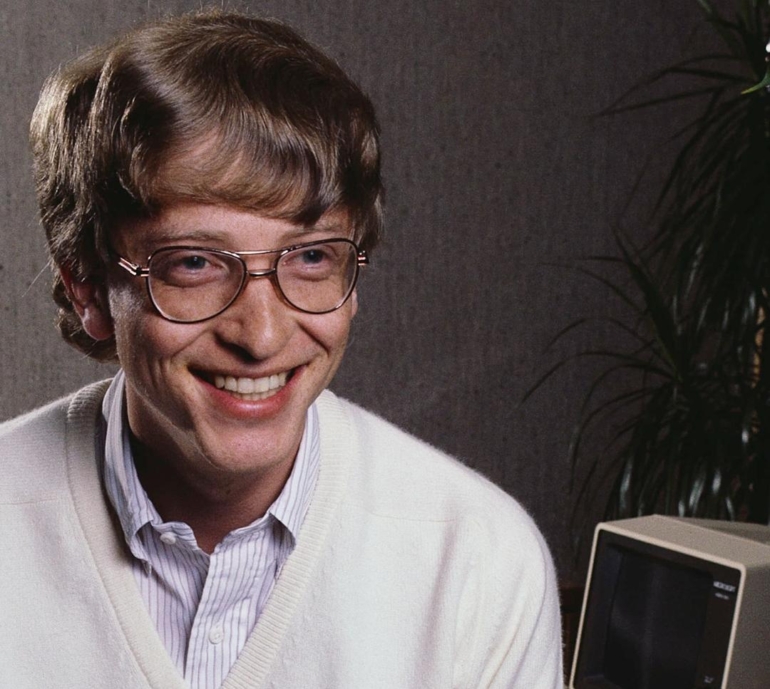
In the final years of Jobs’ life, their relationship grew even closer. Gates visited Jobs multiple times during his illness, and their conversations moved far beyond technology to encompass family, children, and life itself. In an emotional interview with Charlie Rose on 60 Minutes after Jobs’ passing, Gates reflected on their shared journey: “He and I, in a sense, grew up together. We were within a year of the same age, and we were kind of naively optimistic and built big companies.”
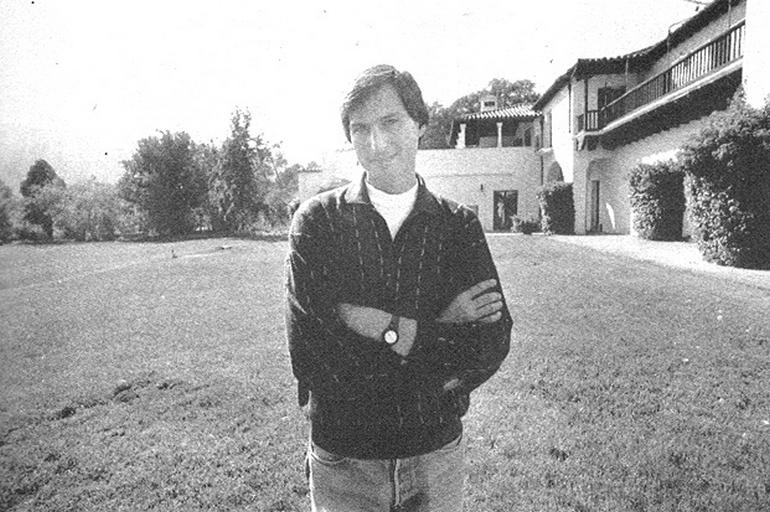
That 1986 waiting room incident now serves as a reminder of how far both men came – from young, competitive entrepreneurs engaged in power plays to mature industry leaders who found respect and even friendship in their later years. It’s a transformation that speaks to the power of time and perspective to heal even the deepest professional rivalries. Jobs’ last public words about Gates were vastly different from his actions in that NeXT lobby. At their final meeting, Jobs told his longtime rival, “Bill, thank you. The world’s a better place.” It was a fitting epilogue to a relationship that helped shape the modern technology landscape.
